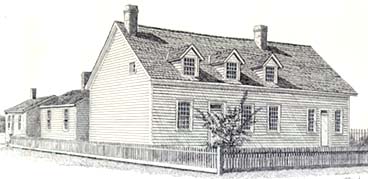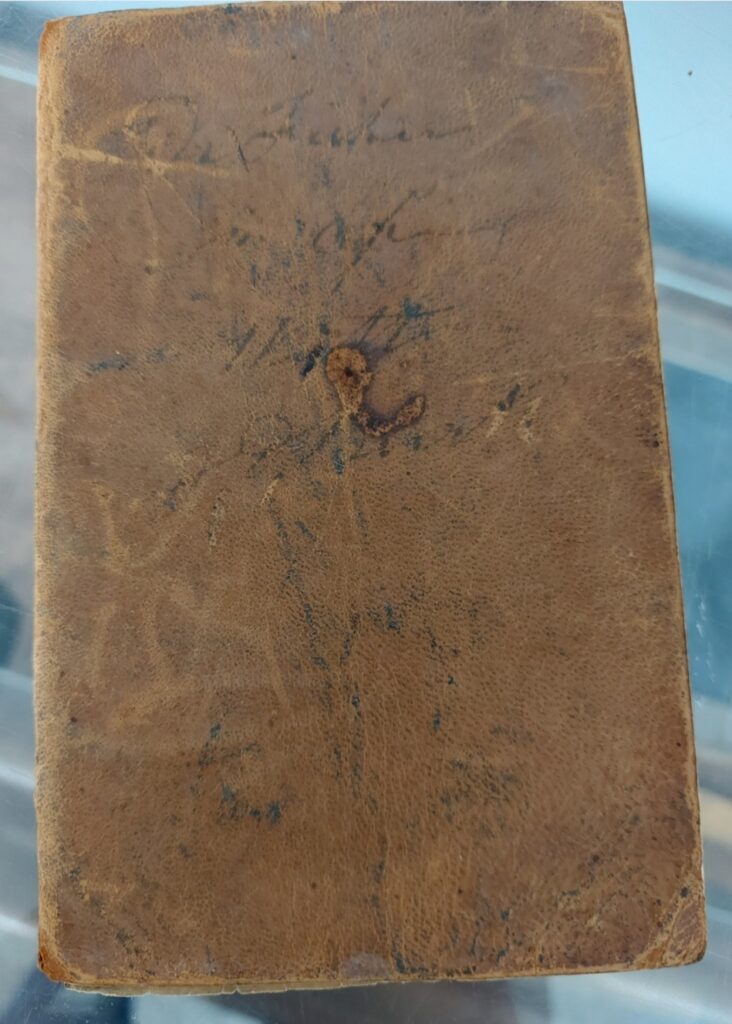Phone: 519-736-2511 Email: info@parkhousemuseum.com
Virtual Exhibitions
Can’t visit the museum in person? We publish virtual exhibitions which highlight our history and some of the great artefacts we have collected over the years.
Relive memories of summer with “Memories of BobLo Island”. Find out what an unknown house painter kept in his case. Have a look at our 3-part series documenting medicine in Amherstburg.
Come back soon to see our next exhibition!








